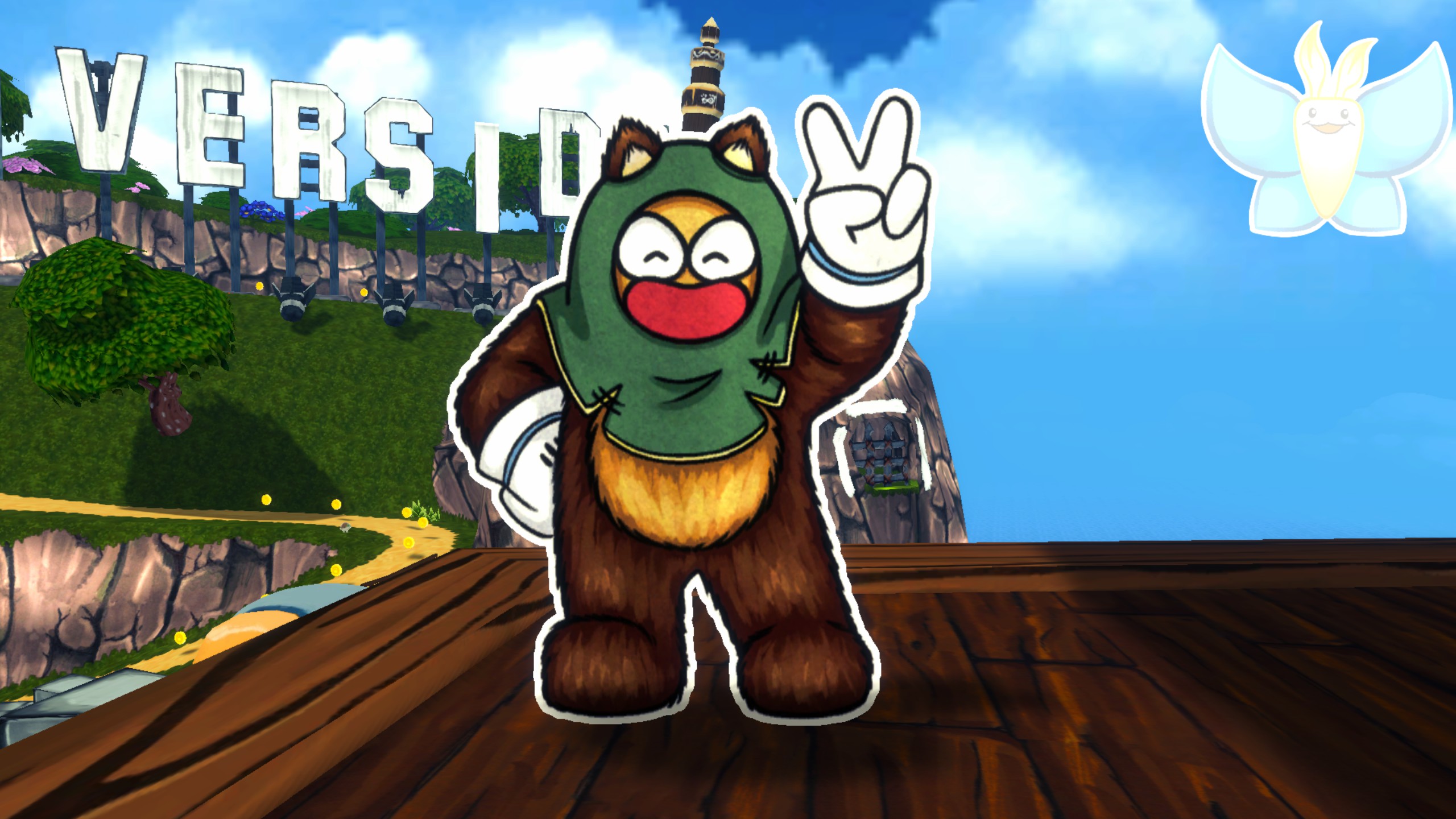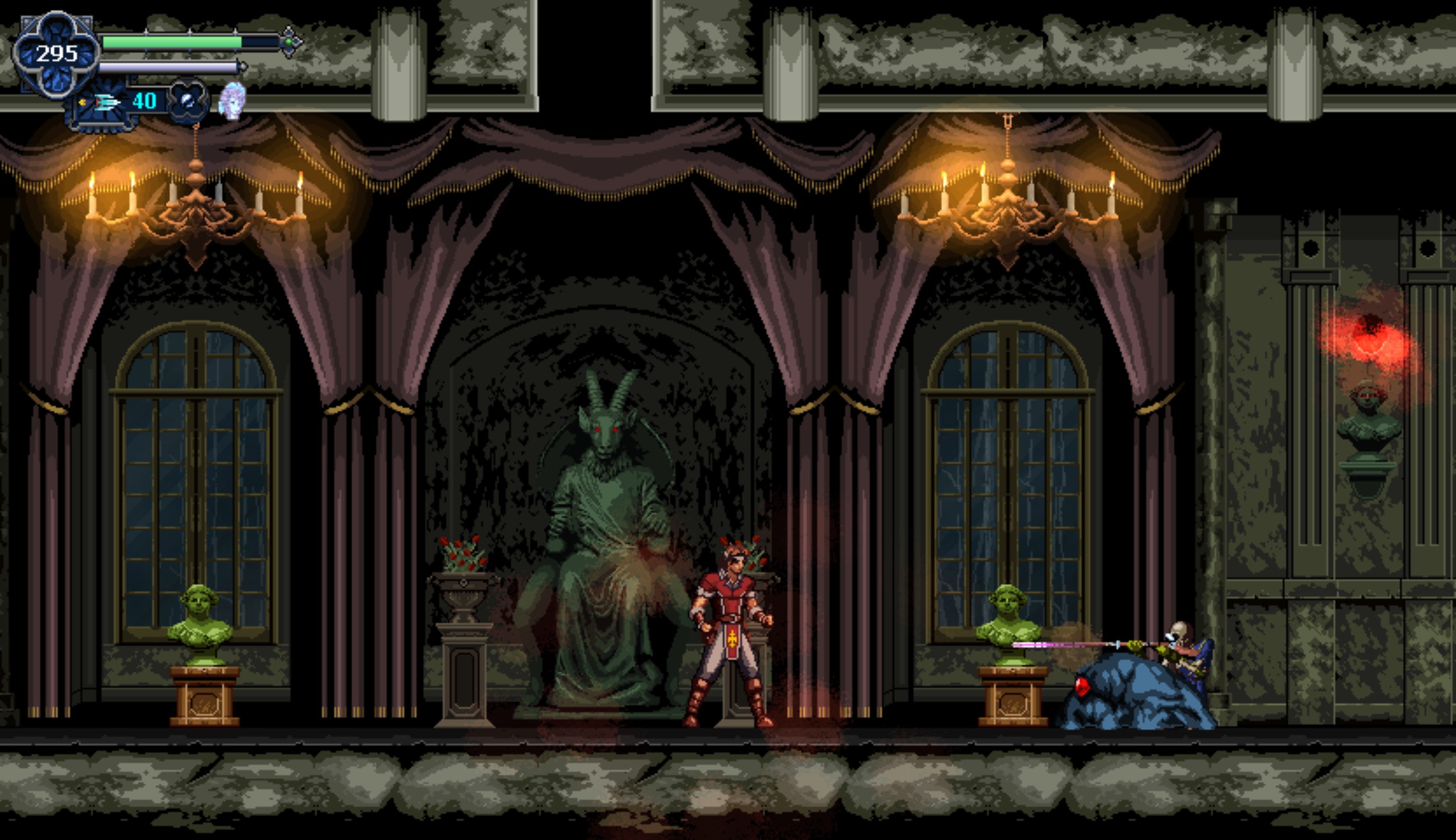There are few games this year I was more hyped for than Ruffy and the Riverside. As a huge fan of 3D platformers and colourful cartoony worlds, I’d been eagerly waiting to finally play it. The end result is that the game’s visual presentation is exactly as inviting as it looks and it has some true creativity on display in regard to its swapping mechanics. But the incredibly simple, static, somewhat odd game structure, and surprisingly poor pervasive storytelling combine to make for a game that doesn’t live up to its potential, even if there are aspects to be excited about.
I can’t get into just why the story in Ruffy and the Riverside is so bad without massive spoilers, as it takes nearly the whole narrative to be laid out for it to become clear just how full of missteps it is. The basic gist is that Ruffy is a bear that’s meant to save Riverside from an evil cube named Groll. It’s up to Ruffy to find six giant letters and restore Riverside after Groll attacks its Hollywood-esque sign. It’s fine as a setup, but it all comes crashing down in mind-boggling ways by the end. There’s also far too much dialogue, which is often equal parts dull and annoying. Ruffy himself is an incredibly bland, uninteresting character with no remarkable traits whatsoever.
Presentation-wise, the game’s aesthetic really pops, though. All of the major characters look akin to papercraft, much like Paper Mario, plus the game world is cartoony and cute (although the textures are often strangely low resolution.) All Ruffy can do physically is jump, glide (with the help of his bee buddy Pip), and use a spin attack. The attack itself feels completely weightless and it can be hard to know when you’re making contact with the environment, plus the jump is a little too floaty for its own good. Throughout the course of the game, Ruffy learns no additional moves or techniques, limiting the gameplay by a large amount.
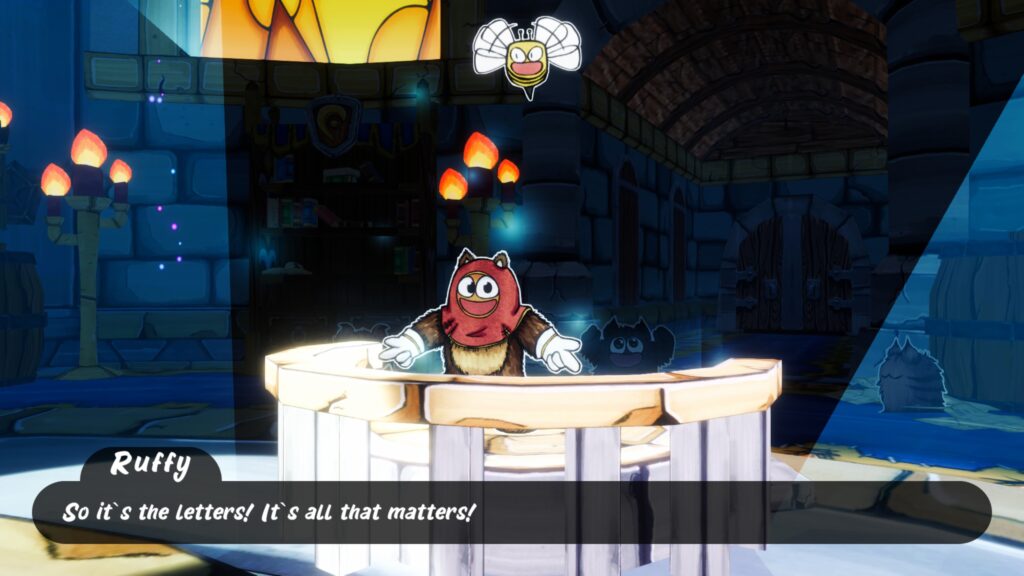
Ruffy and the Riverside has a large hub that leads to multiple other areas. The hub itself has a lot of optional things to take care of in classic collectathon fashion. You can collect little creatures called Etoi, objects that let you manually edit the game’s textures, and gems, as well as multiple side quests. Weirdly, absolutely none of this has any bearing on the game’s main quest, which makes it all feel isolated and a little pointless. It can be quite difficult to actually find a lot of the side content, as there’s not much in the game to point you towards making much headway with it.
The main quest isn’t all that long or detailed and mostly has you solve simple puzzles where you make a ball roll into place in order to reach a small new area where one of the sacred letters is hiding. These are often pretty short and feel at odds with the game’s hub. Sometimes the game sends you on a bit of a separate errand on the way to these, but anyone focused on the main story can probably get through it in just a few hours. With exploring the hub thoroughly, it took me about 10 hours to hit the end credits, which is a serviceable amount of content for a 3D platformer. Doing everything will definitely add on several more hours, though (if you can find most of it anyway.)
The main factor that differentiates Ruffy and the Riverside is its swap mechanic. Ruffy can copy certain textures and put them in different places. The game initially communicates this by having the player swap climbable vines onto a waterfall, but you can also swap colours, materials, and various other aspects of the world. Almost all of the puzzles rely on this mechanic and, although it’s cool, it has very little depth and feels quite limited. Much like Ruffy’s physical abilities, it also doesn’t really change at all over the course of the game. If you’ve played the first hour, then you know what to expect for the rest.
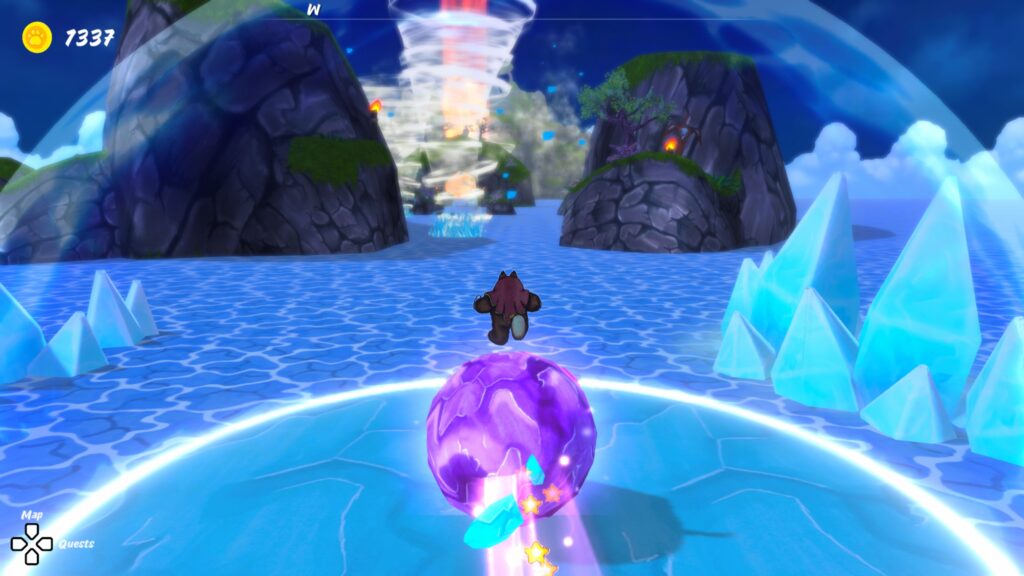
You’ll constantly be collecting coins in the game, but you can really only use them in two ways. You can flat-out buy new heart containers with them, but you’ll rarely take damage and Ruffy heals quickly by default anyway, so this isn’t all that interesting. Moreover, you can buy two additional cape colours for Ruffy to wear and you upgrade all three of them by playing a slot game for 100 coins. This lets you improve the health regeneration and stamina of each cape. Stamina is used when Ruffy runs or glides with Pip, but it’s as basic and limited as everything else in the game.
Ruffy and the Riverside feels very slight and simple, despite how promising it seems at first. It’s a very charming game when the characters aren’t prattling on. There is fun to be had exploring and messing with the swap mechanic, but there’s just not really much of note going on here. Adding that to the poor story (the ending makes pretty much the entire rest of the game feel pointless,) results in a game that definitely doesn’t meet the hype I had for it.
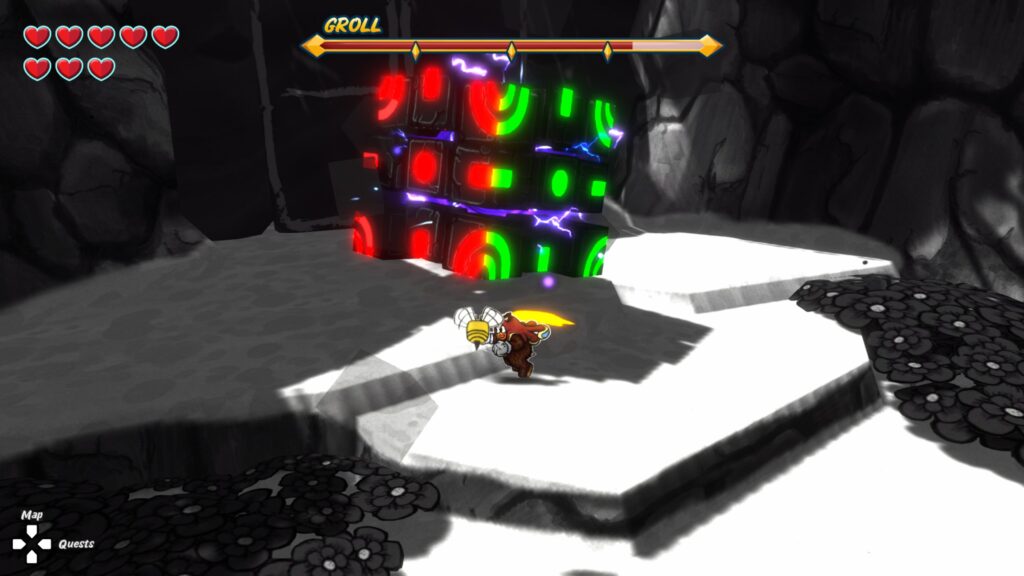
Ruffy and the Riverside: Ruffy and the Riverside has some unique ideas and a pleasant aesthetic, but it's too simple and its poor story doesn't end up doing it any favours. – Andrew Farrell
There’s more where that came from:
Chronicles of the Wolf PC review — There wolf, there castle! | Rune Factory: Guardians of Azuma PC review — Build fighters |

